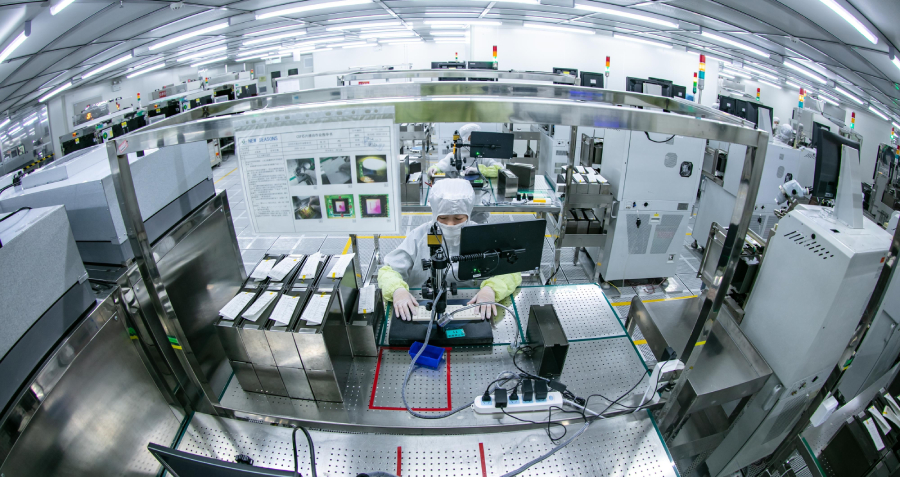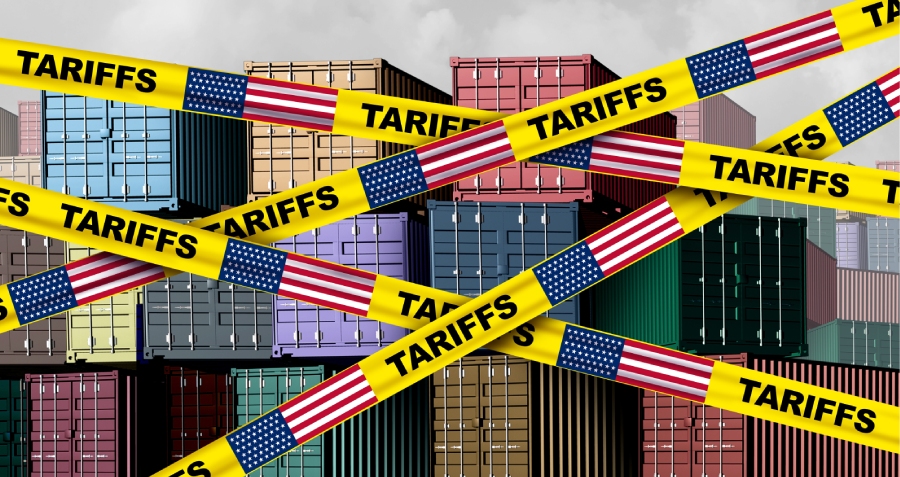China should adopt a measured but determined approach to banking reform.
There is no doubt that banking reform must happen in China. With more than 80% of China’s leverage coming from banks, and lending going predominantly to large state-owned enterprises (SOEs), growth is not likely to take its traditionally strong foothold in small- and medium-sized enterprises (SMEs) without reform.
From the theoretical point of view, China’s banking reform should be bold and swift. The old growth model is predicated on unfettered international absorption of Chinese supply, but that demand is drying up. With Europe in crisis and demand from Japan and the US weakened , the Chinese economy now depends on domestic demand. Therefore, the allocation of capital should be tilted to support the growth of domestic demand, rather than further exacerbating the over-supply problem. But from a pragmatic point of view, reform should not be too fast.
There are two main pillars supporting the velocity of banking reform, each needing anywhere from five to ten years to reach adequate height.
Firstly, there is political will. The central government must be loud about banking reform, even while the pace seems a crawl more than a run. Just because reform is slow doesn’t mean it’s not decisive, and small business owners need to know that. SMEs must buy into reform, both as those with the most to gain and as those with the most to give. SMEs generate growth, and with no sweeping stimulus in sight as we saw in 2008, the growth they generate will become more and more vital. The bolder the central government is with their rhetoric, the more likely they are to generate political backing from the SMEs, without which momentum becomes very difficult. Even in peak campaigning conditions, getting the political climate right for reform is time consuming, particularly with a change of leadership just around the corner.
Secondly, there’s the issue of managing risk. Presently, the central government is the primary risk manager for the country. Local governments act as businesses, always enacting measures to grow ventures such as infrastructure and other facets of city development, but they don’t manage risk. The companies that local governments turn to in such ventures are by and large SOEs, also known as ‘urban planning and development companies’, set up to aid local governments in circumventing regulations prohibiting them from borrowing. Local governments then typically use land requisitioned from residents as collateral. But an increasing amount of lower value urban development projects, such as sewage or green development, combined with an increased cost of re-locating residents, leads to an unsettling influx of non-performing loans. Such was the cause for lending guidelines being put into place by the central government in 2009. This dynamic cannot continue. Local governments must manage their own risk, but for that to happen there must be a fundamental change in the mindset between the local and central governments, and that will take a considerable amount of time.
The reform history of China shows us that integrating market forces into domains that traditionally belong to the state is a laborious task. In an economy where the banking sector and the financial sector are synonymous, big movements merit serious integrity tests. Are the banks strong enough to be wielded by market forces? This is a question the central government must answer prior to taking action. Before the actual policy is put into place, merely stabilizing the institutions themselves could take the length of a single five-year-plan. As it stands, local and regional banks don’t have the capital to withstand an increase in non-performing loans, and this must be corrected. Whether it’s philosophically desirable or not, realistically this is the way it has to be; slow and steady wins the reform race.




















